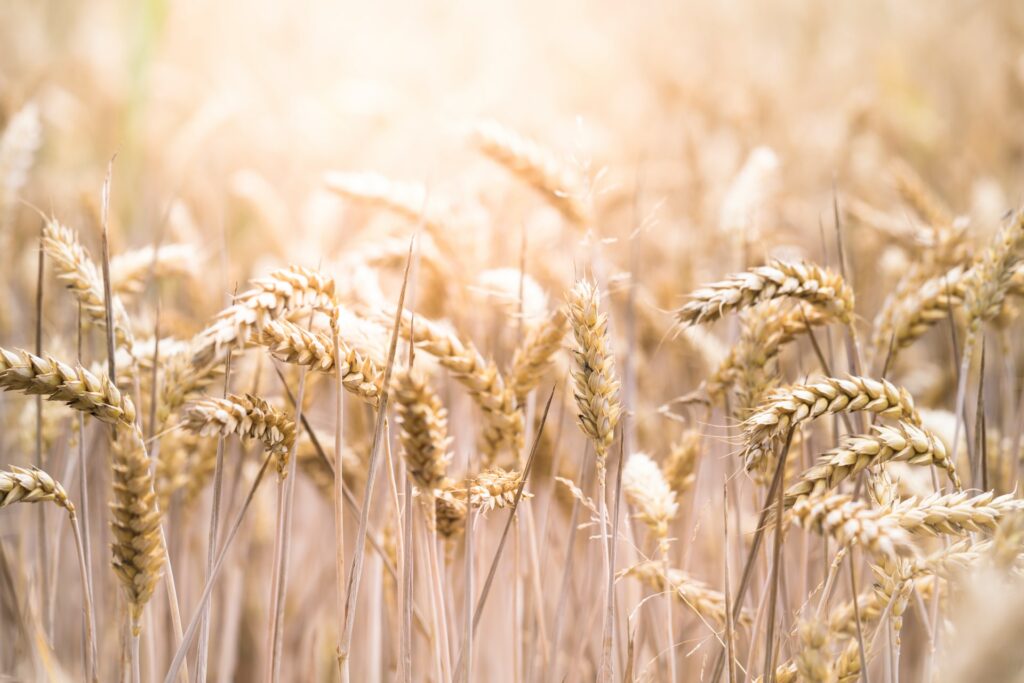We currently live in what we call the culture of immediacy. And it is that this means that the generations that arrive are increasingly impatient, because they are used to have everything instantly. Many times it doesn't even cross our minds what's behind what we buy, or what previous process goes through what we consume. and as in Mediavilla workshops we carry more than 100 years in the flour sector, today we want to talk to you about something that has hardly changed. We tell you everything you need to know about milling wheat.
What you should know about wheat milling
And it is that although our specialty is the rifling and grinding of cylinders, everything we do in our workshop is for milling. This is why we have many years of experience behind us, which help us to know the basics of wheat milling. And really though the industry has evolved and the processes have changed and have been modernized, there are certain things of the flour industry that remain as they began, and today we come to tell you about them.
What is wheat flour and how is it obtained?
The first thing we need to know, is that the milling process takes place to obtain the flour. And we cannot start without first defining what we are talking about when we refer to flour. And we are very familiar with this term, but we have never defined it as such.
Flour is the fine powder obtained by grinding a cereal, or other starchy food. Depending on how you want to do this grinding, and as we have already seen in other blog articles, depending on the mill roll rifling, the resulting flour can be given one thickness or another. In general, the best known flour is wheat flour, but right now the food industry has countless types of flour.

Parts of the cereal and nutrients of each
It should be noted that by grinding the cereal, we can differentiate its three parts, the saved or external part, the endosperm and the germ. The bran is the part that covers the grain itself, and contains much-needed fiber in whole grains. The endosperm is the intermediate part, where the carbohydrates are found, that is, the energy that the cereal will provide. And finally the germ, the central part of the grain, where the protein and fat of the grain, the high-quality nutrients, are found. The germ is "seed" that can give rise to a new plant or crop of this cereal.
Wheat milling and its stages
once explained how is the grain of wheat and what each of its parts provides, we can better understandr why they are separated by grinding. In order, in this way, to obtain the nutrients from one or another part of the grain independently and purify the flour.
The grinding process has four phases, that follow each other in order and basically consist of break up the grain, separating the different parts and impurities, and breaking it down into smaller powder until we get the white flour that we buy in the supermarkets. The phases through which the grains pass are the following:
- Trituration: The grain is ground for the first time, after being manually separated and cleaned. It is the first time that it passes through the cylinders of the mill.
- Screening: At this moment, the different parts of the grain that we talked about before are separated. The bran on one side, the semolina on the other and the germ on the other.
- Purification: The bran and the germ are removed, to keep the semolina. This is what will give rise to the flour that we know.
- Reduction: The semolina and semolina are ground until the desired thickness is achieved, depending on how the client wants it.
This process repeats several times to eliminate all the impurities that can be found and obtain a flour as pure as possible, and in this way the milling of wheat works.

1 thought on “Todo lo que debes saber sobre la molienda del trigo”
Excelente artículo. Gracias